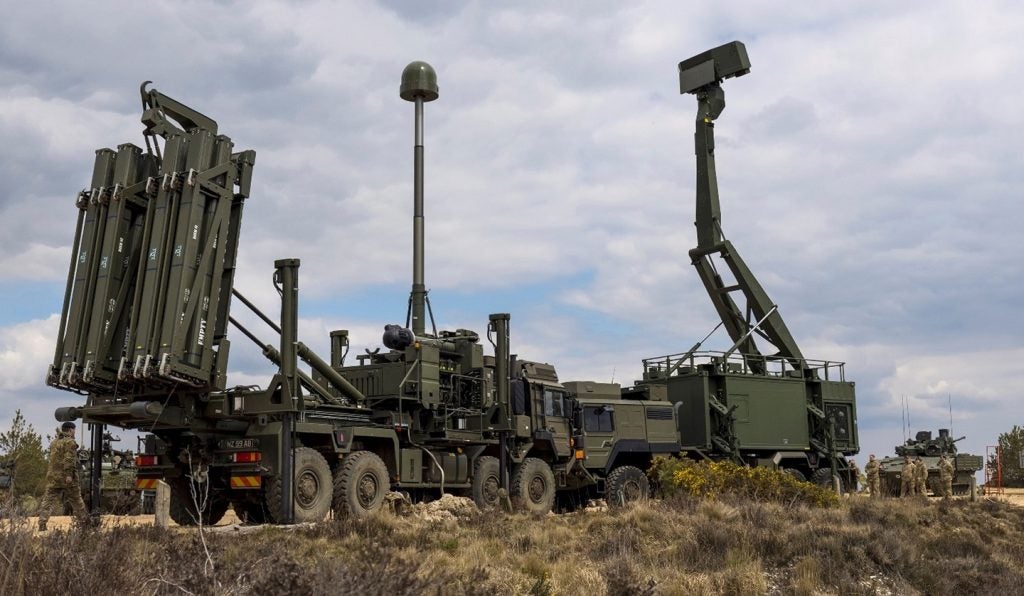
Seven months after leaving the US Department of Defense (DoD), James Mattis has re-joined the board of directors at US defence contractor General Dynamics.
Mattis served on the board at General Dynamics but resigned his position to serve as Secretary of Defence; Mattis left the role over policy differences with President Donald Trump.
Speaking on the announcement General Dynamics chairman and chief executive officer Phebe Novakovic said: “Jim is a thoughtful, deliberate and principled leader with a proven track record of selfless service to our nation; we are honoured to have him on our board.”
Share prices in the fifth-largest US defence contractor rose after the announcement of Mattis re-appointment.
Mattis served on the company’s board for four years between 2013 and 2017, and before that served as a General in the US Marine Corps.
Mattis was distinguished for his military career leading the US Central Command responsible for the US military in the Middle East covering Iraq, Afghanistan and Iran.
How well do you really know your competitors?
Access the most comprehensive Company Profiles on the market, powered by GlobalData. Save hours of research. Gain competitive edge.

Thank you!
Your download email will arrive shortly
Not ready to buy yet? Download a free sample
We are confident about the unique quality of our Company Profiles. However, we want you to make the most beneficial decision for your business, so we offer a free sample that you can download by submitting the below form
By GlobalDataBefore joining the Pentagon Mattis was also required to divest all interests he had in General Dynamics. Mattis also had to recuse himself from any agreements with the government as to not create a conflict of interest.
Since leaving the Pentagon Mattis has also taken up a position as a distinguished fellow at the Hoover Institution at Stanford University. Mattis departed the DoD this year penning a letter citing differences within the administration. In his latter Mattis said the President had “a right to have a Secretary of Defense whose views are better aligned with yours.”
Mattis and the President previously clashed over the decision to withdraw US forces from Syria.
A cause of the split was straining US partnerships with international allies with Mattis saying: “our strength as a nation is inextricably linked to the strength of our unique and comprehensive system of alliances and partnerships.”
Upon his departure Trump tweeted: “General Jim Mattis will be retiring, with distinction, at the end of February, after having served my Administration as Secretary of Defense for the past two years. During Jim’s tenure, tremendous progress has been made, especially with respect to the purchase of new fighting equipment.
“General Mattis was a great help to me in getting allies and other countries to pay their share of military obligations. A new Secretary of Defense will be named shortly. I greatly thank Jim for his service!” (sic)
Mattis’s nomination as Secretary of Defence required the passing of a waiver in Congress as policy dictates that military personnel must wait seven years before entering public positions.
Mattis was one of the few Trump cabinet nominees to receive broad support from the Senate being confirmed by a vote of 98 to 1.
Former Raytheon lobbyist, Mark Esper, replaced Mattis as Secretary of Defence. Esper began his tenure by announcing a review of the pentagon JEDI cloud contract which began under Mattis tenure at the DoD.
Under rules brought in by Trump, Mattis cannot participate in any lobbying activities for at least five years.







